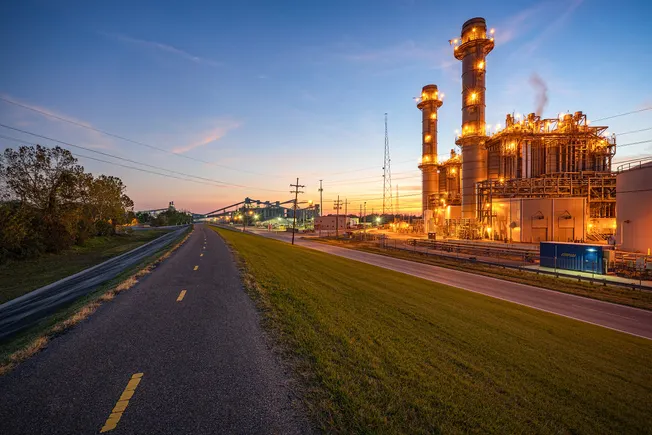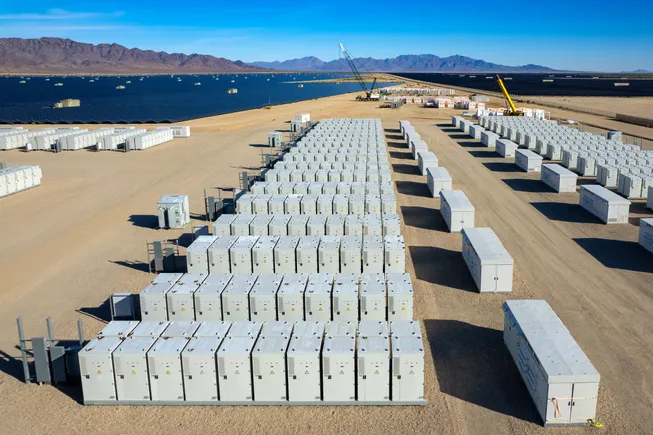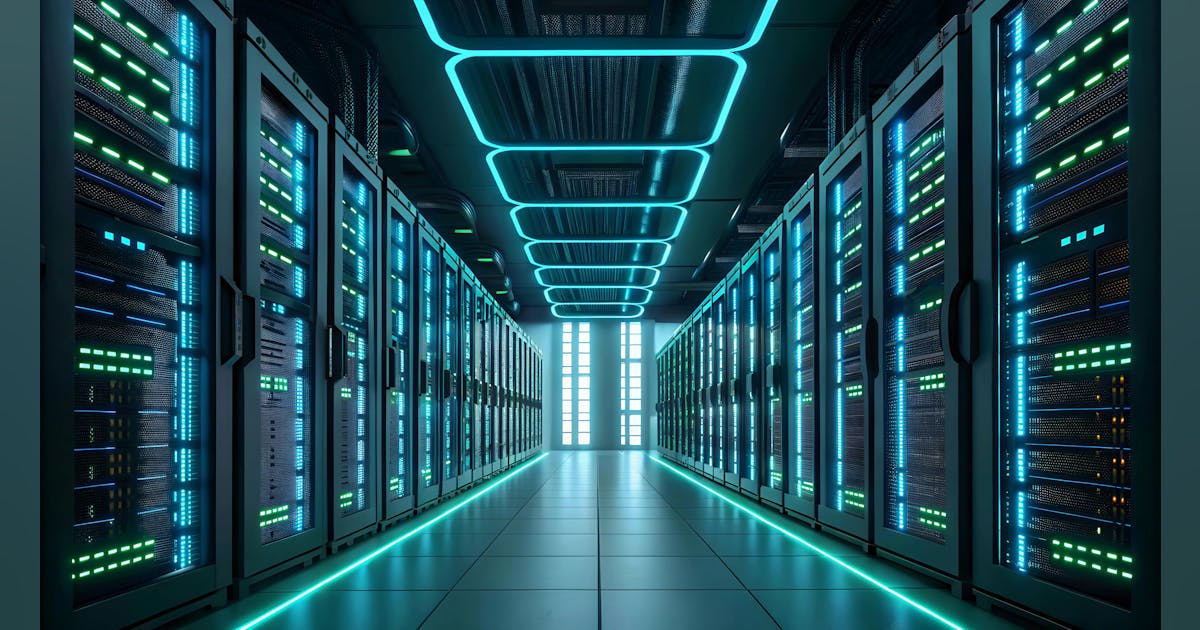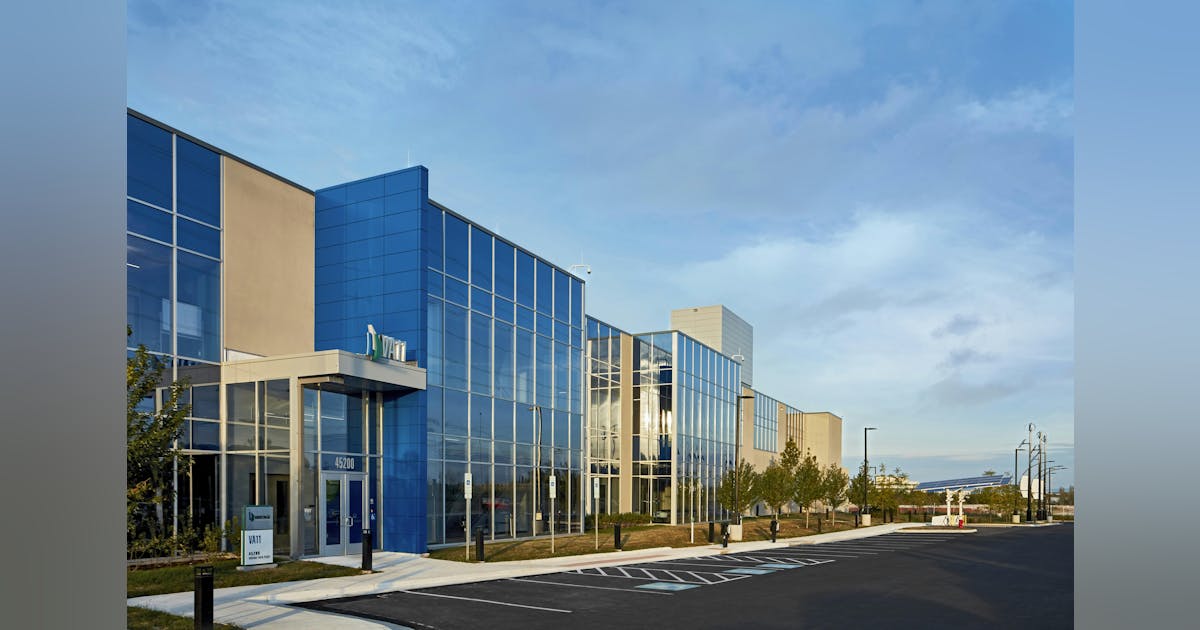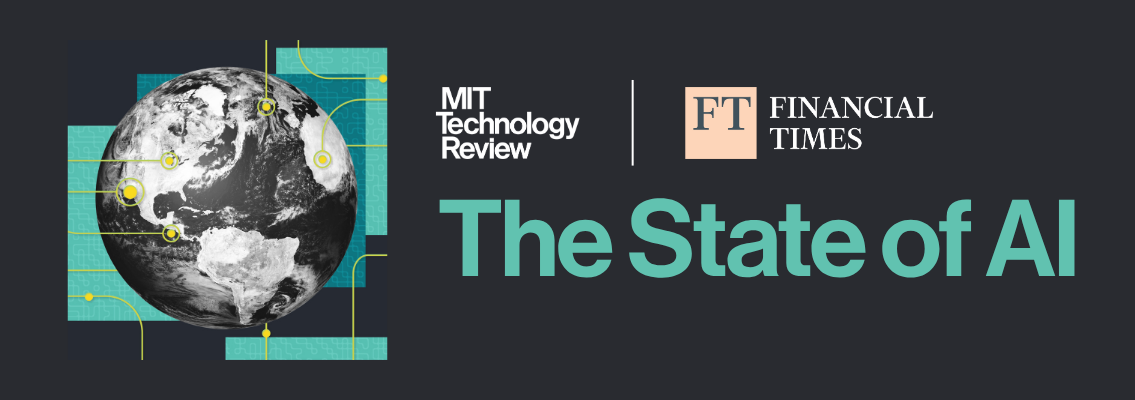
Imperial Oil Ltd has reported 462,000 gross barrels of oil equivalent per day (boepd) in average production in the third quarter, the company’s highest quarterly output in over 30 years, with Kearl recording its highest-ever quarterly gross production at 316,000 bpd.
However, net profit for the July-September period fell CAD 698 million ($496.98 million) year-on-year to CAD 539 million, or CAD 1.07 per diluted share. The decrease was “primarily driven by a non-cash impairment of the Calgary Imperial Campus [CAD 406 million before taxation] and the previously announced restructuring charge [CAD 330 million pre-tax]”, the Canadian oil sands producer, majority-owned by Exxon Mobil Corp, said in its quarterly report.
On September 29 Imperial announced a restructuring plan that it expects will reduce its workforce by about 20 percent by 2027, cut annual expenses by CAD 150 million by 2028 and “consolidate activities to its operating sites”.
Kearl accounted for 224,000 bpd of Imperial’s net production in the third quarter. Cold Lake, 100 percent owned by Imperial, produced 150,000 bpd, compared to 147,000 bpd in Q3 2024. “The company’s share of Syncrude production averaged 78,000 gross barrels per day”, down from 81,000 bpd in Q3 2024, Imperial said.
Refinery throughput averaged 425,000 bpd, increasing from 389,000 bpd in Q3 2024 and representing capacity utilization of 98 percent “including progressing planned turnaround work at Sarnia”, it said.
Oil product sales averaged 464,000 bpd, down from 487,000 bpd in Q3 2024 “primarily due to lower volumes in the supply and wholesale channels”, it said. Petrochemical sales totaled 173,000 metric tons, up from 76,000 metric tons in Q3 2024.
Net natural gas production was 28 million cubic feet a day (MMcfd), down from 30 MMcfd in Q3 2024.
In the prior three-month period, Imperial completed what chair, president and chief executive John Whelan said is the company’s “heaviest planned turnaround quarter in both our upstream and downstream businesses”.
Q3 2025 revenue totaled CAD 12.05 billion, down from CAD 13.26 billion for Q3 2024 as lower oil products sales volumes offset higher margins, and bitumen and synthetic crude price realizations dropped.
Excluding nonrecurring items, net income landed at CAD 1.09 billion, down CAD 143 million compared to the same quarter a year ago. Adjusted earnings per share for Q3 2025 came at CAD 2.17.
Cash flows from operating activities totaled CAD 1.8 billion, up from CAD 1.49 billion for Q3 2024.
Imperial ended Q3 2025 with CAD 1.86 billion in cash and cash equivalents.
It maintained a dividend of 72 Canadian cents per share.
“Our operations delivered strong results across the board, as we continued to execute on our strategy to maximize value from our assets by growing volumes at lower unit cash costs, and returning surplus cash to our shareholders in a timely manner”, Whelan said.
To contact the author, email [email protected]
What do you think? We’d love to hear from you, join the conversation on the
Rigzone Energy Network.
The Rigzone Energy Network is a new social experience created for you and all energy professionals to Speak Up about our industry, share knowledge, connect with peers and industry insiders and engage in a professional community that will empower your career in energy.
MORE FROM THIS AUTHOR





